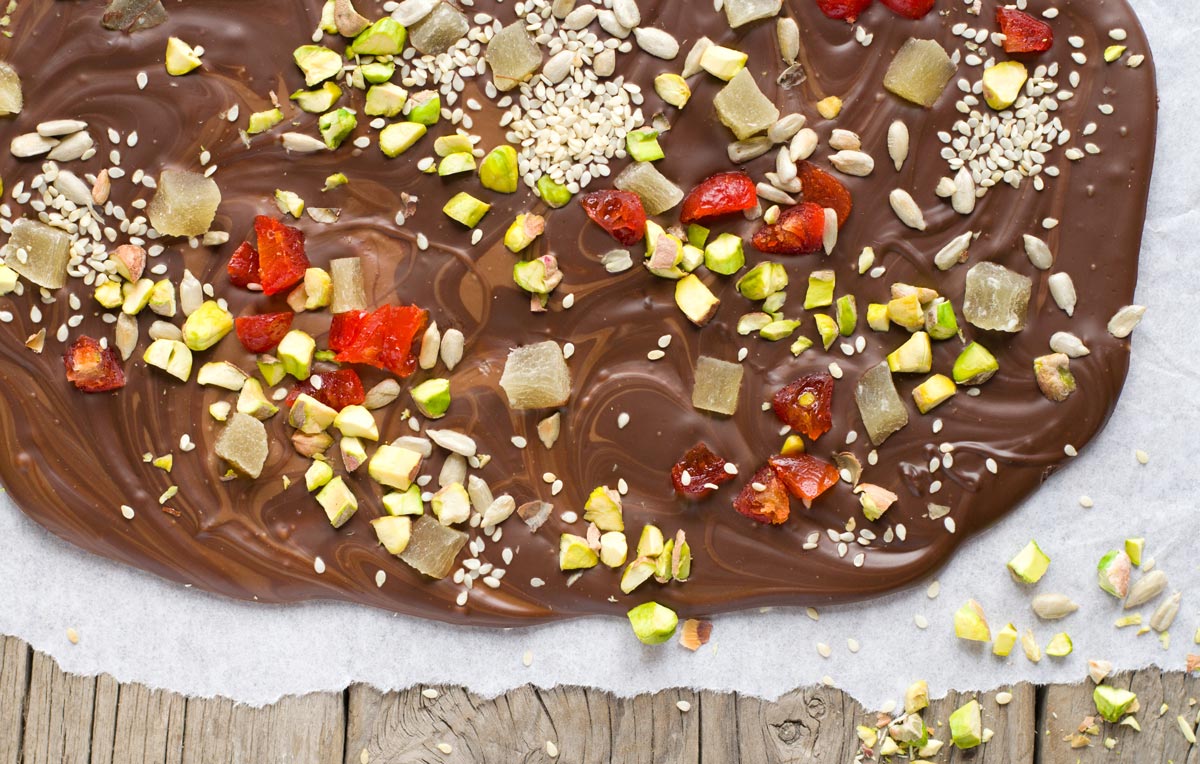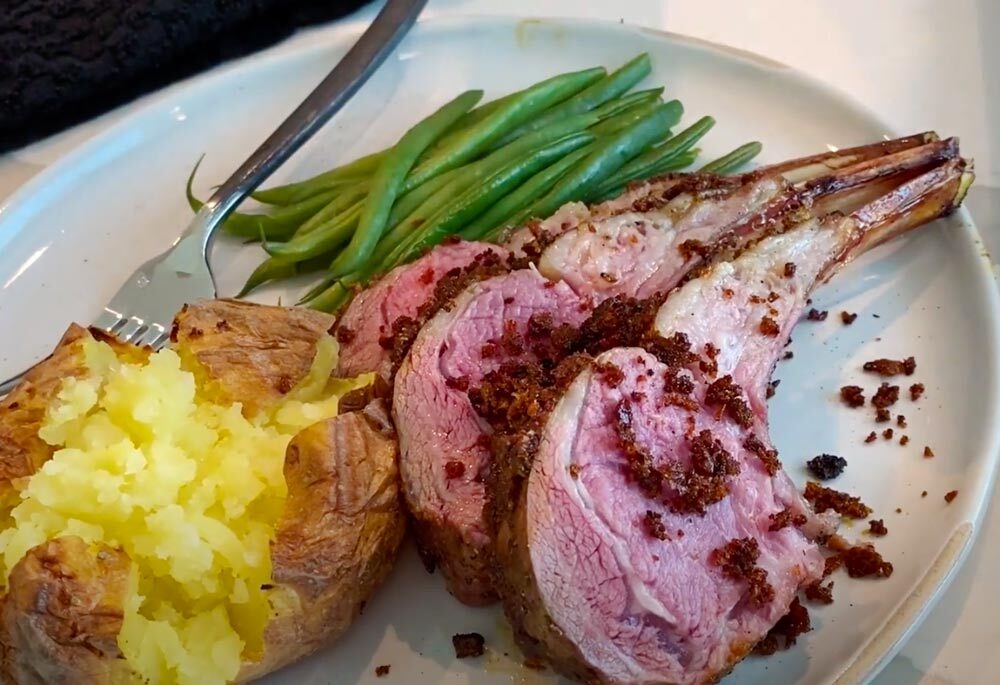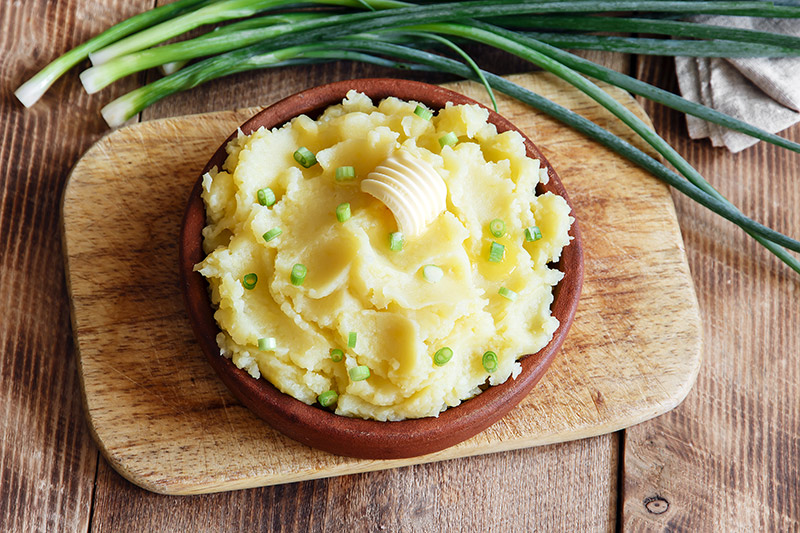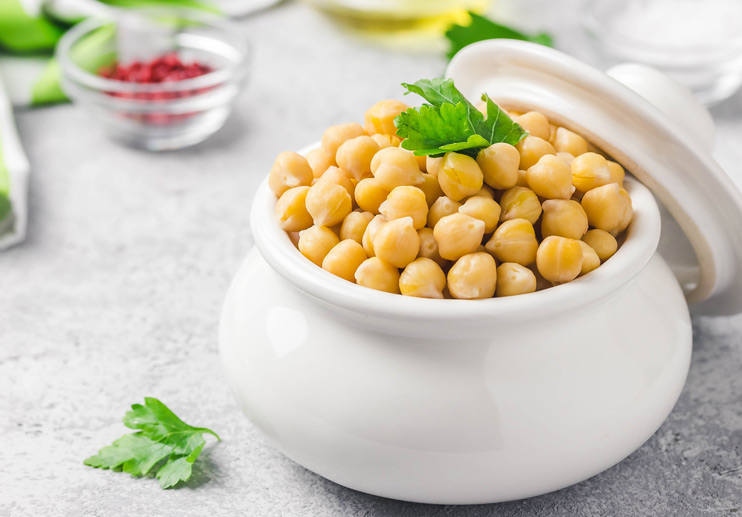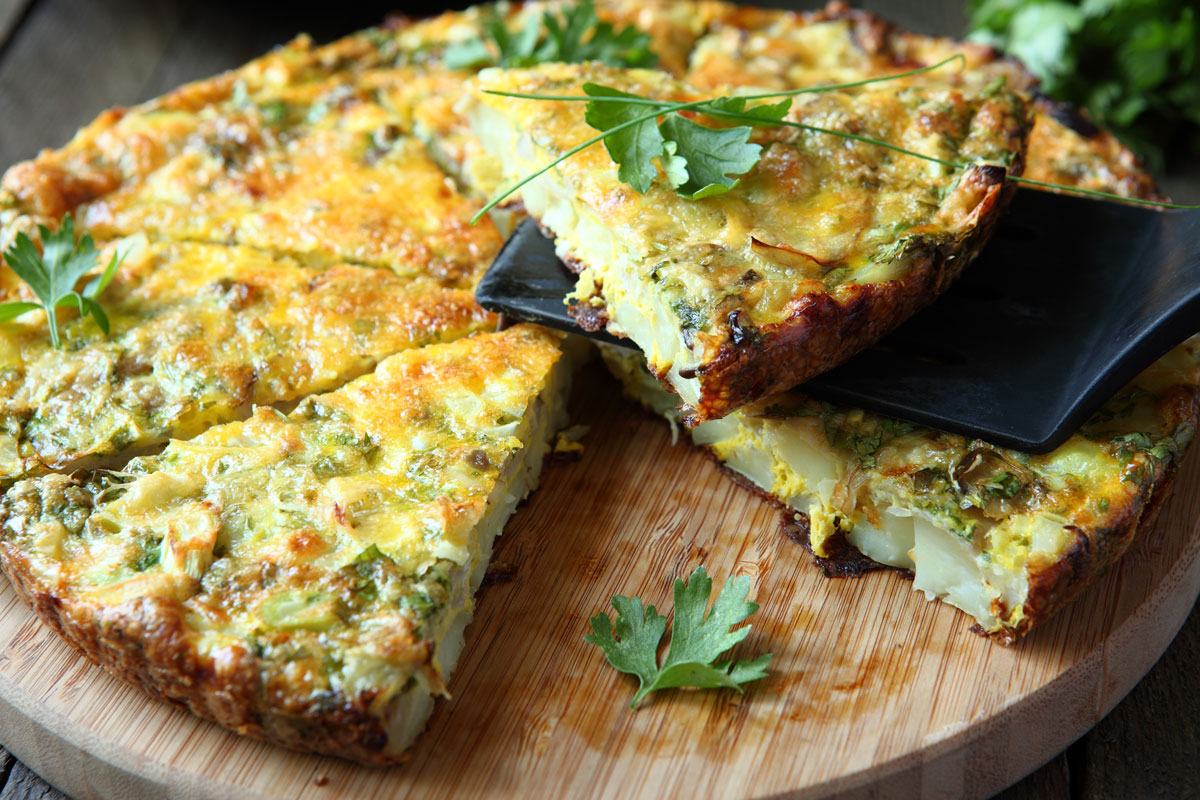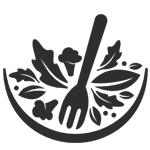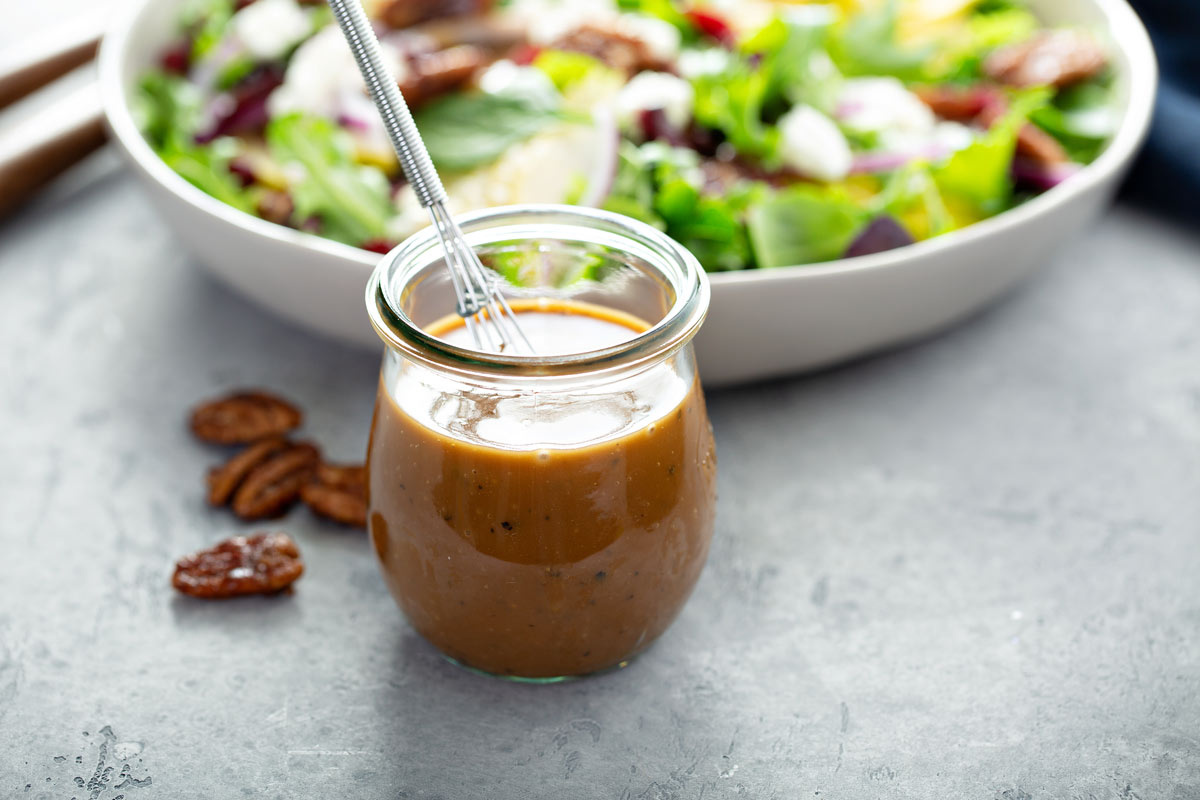Replacing Butter with Olive Oil for Your Health: Orange and Rosewater Olive Oil Cake, Olive Oil Lemon Curd and Chocolate Olive Oil Dipping Sauce & Customized Bark Desserts to Sweeten Holiday Celebrations
Desserts! Desserts! Desserts!
Your Olive Oil Hunter loves to indulge at this time of year, but the secret to being a guilt-free gourmet is reaping the benefits of olive oil by replacing butter as often as possible to slash saturated fat. Instead, you’ll get a wealth of monounsaturated fatty acids or MUFAs, a far healthier choice. From cake to candy, here are three mouth-watering olive oil desserts to enjoy throughout the holidays, either on their own or together as a magnificent dessert table, perfect for New Year’s Eve and beyond. Enjoy!
Orange and Rosewater Olive Oil Cake
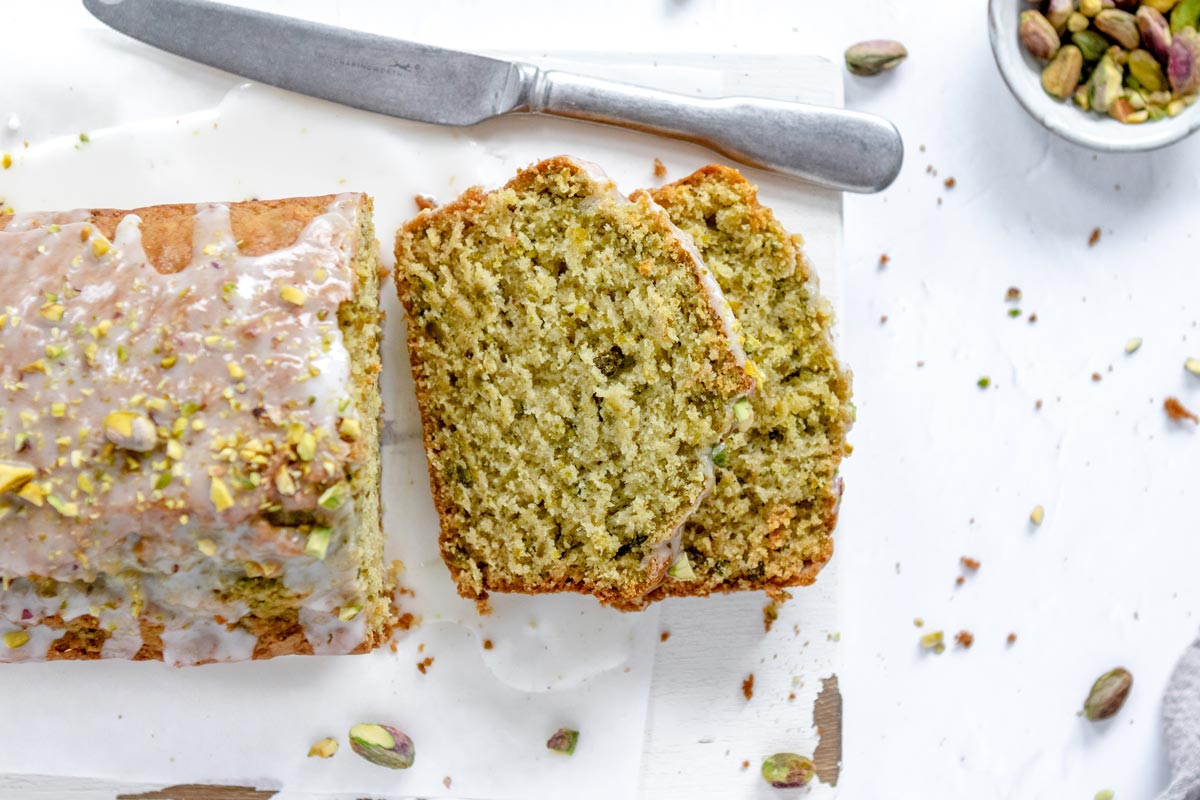 Orange and Rosewater Olive Oil Cake
Orange and Rosewater Olive Oil CakeRosewater adds a light yet irresistible perfume to this Moroccan-inspired citrus cake—a little goes a long way. For an equally delicious variation, use lemon juice and zest in place of the mandarin oranges. Note: The whole-wheat pastry flour adds some fiber to the cake.
Ingredients
For the cake:
- ½ cup medium or bold extra virgin olive oil, plus 1 teaspoon or more for the pan
- 2 extra-large eggs
- ¾ cup sugar
- ¾ cup Greek yogurt
- Zest of 3 mandarin oranges or clementines
- ½ cup fresh mandarin orange or clementine juice
- 1 teaspoon vanilla extract or paste
- 1 teaspoon rosewater
- 1-½ cups pastry flour
- ½ cup whole-wheat pastry flour
- 1-½ teaspoons baking powder
- ½ teaspoon baking soda
- 1 teaspoon sea salt
For the icing:
- 3 tablespoons mandarin orange or clementine juice
- 1 cup confectioner’s sugar
- ¼ cup or more shelled pistachios
Directions
Step 1
Preheat your oven to 350°F. Oil a Bundt pan with olive oil. In a large bowl, whisk the eggs until no whites are visible, and then slowly whisk in the sugar, followed by the yogurt, the ½ cup olive oil, the juice and zest, the vanilla, and the rosewater.
Step 2
In a separate bowl, combine the flours, baking powder, baking soda, and salt, and fold into the egg-oil mixture with a spatula until combined.
Step 3
Pour the batter into the pan and bake for 40–45 minutes, depending on your oven. The cake’s done when a dinner knife inserted in its center comes out clean. Cool in the pan for 10 minutes before turning the cake out onto a wire rack to cool it to room temperature.
Step 4
To make the icing, whisk the juice and sugar until incorporated, and drizzle it over the cooled cake. Carefully sprinkle on the pistachios and let the icing set for about 15 minutes before serving.
Yields 8–10 servings.
Olive Oil Lemon Curd
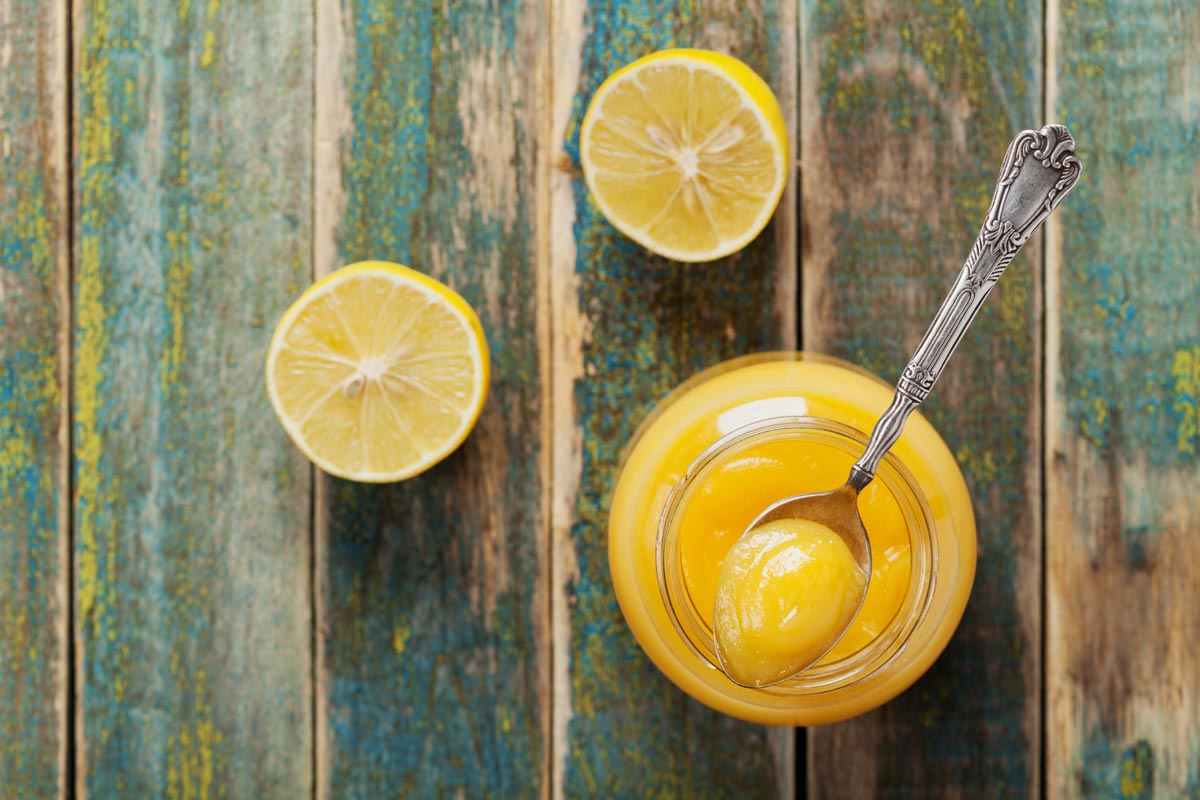 Olive Oil Lemon Curd
Olive Oil Lemon CurdExtra virgin olive oil gives classic lemon curd all the silkiness of butter without the saturated fat. It’s delicious spooned over Greek yogurt and topped with berries—serve it in a champagne glass for an indulgent yet good-for-you dessert. You can also use it to make a lemon tart—fill a baked and cooled 8″ tart shell with the chilled curd, and top with dollops of whipped cream.
Ingredients
- 3 large or 5 small lemons
- 2 large eggs, plus 1 yolk
- 10 tablespoons sugar
- 2 tablespoons cornstarch
- ½ teaspoon vanilla paste
- Pinch of sea salt
- 2 tablespoons mild extra virgin olive oil
Directions
Step 1
Rinse the lemons, dry them thoroughly, and then zest them with a microplane grater. You should have a generous tablespoon of zest. Juice the lemons. You should have a generous cup of juice. Some pulp is fine to include, but remove any seeds.
Step 2
In a heavy-bottomed saucepan, use a silicone whisk to blend the eggs thoroughly, and then whisk in one ingredient at a time in this order: sugar, cornstarch, lemon juice and zest, vanilla, and salt—this will give you the silkiest results without needing to strain the mixture after cooking.
Step 3
Place the pan over medium heat and continue to whisk as you bring the mixture to a very low boil. Cook for two minutes (this activates the cornstarch), lowering the heat if necessary to prevent a rapid boil. The curd should be thick enough to coat the whisk.
Step 4
Off the heat, slowly whisk in the olive oil until it’s completely blended in. Pour the curd into a glass pitcher or jar and allow it to come to room temperature before covering and placing it in the fridge to thicken further.
Yields 1-¾ cups.
Chocolate Olive Oil Dipping Sauce & Customized Bark
 Chocolate Olive Oil Dipping Sauce & Customized Bark
Chocolate Olive Oil Dipping Sauce & Customized BarkOlive oil infuses melted chocolate with a fresh, slightly herby taste that intensifies the rich flavor of dark chocolate. You can dip fruit and other treats in this sauce, create melt-in-your-mouth chocolate bark with it, or simply drizzle it over your favorite ice cream or Belgian waffles.
Ingredients
- 8 ounces dark chocolate discs or pieces, preferably 72% cacao, such as Guittard’s Coucher du Soleil
- 2 tablespoons mild extra virgin olive oil
Directions
Step 1
Melt 6 ounces of the chocolate in a glass bowl placed over simmering (not boiling) water, stirring with a silicone whisk or spatula until fully melted.
Step 2
Carefully remove the bowl from the heat and place on a towel on your counter. A few pieces at a time, add in the rest of the chocolate. This tempers it, or brings it down in temperature, so that the finished treat is silky. (If you have an instant-read thermometer, the chocolate on the stove should reach 118 degrees and go down to 90 after you add in the rest.) Stir in the olive oil until blended.
Yields about 1 cup of melted chocolate.
For more holiday meal inspiration, be sure to check out our recipe library, updated weekly with new recipes!
Get More Recipes In Your Inbox!
